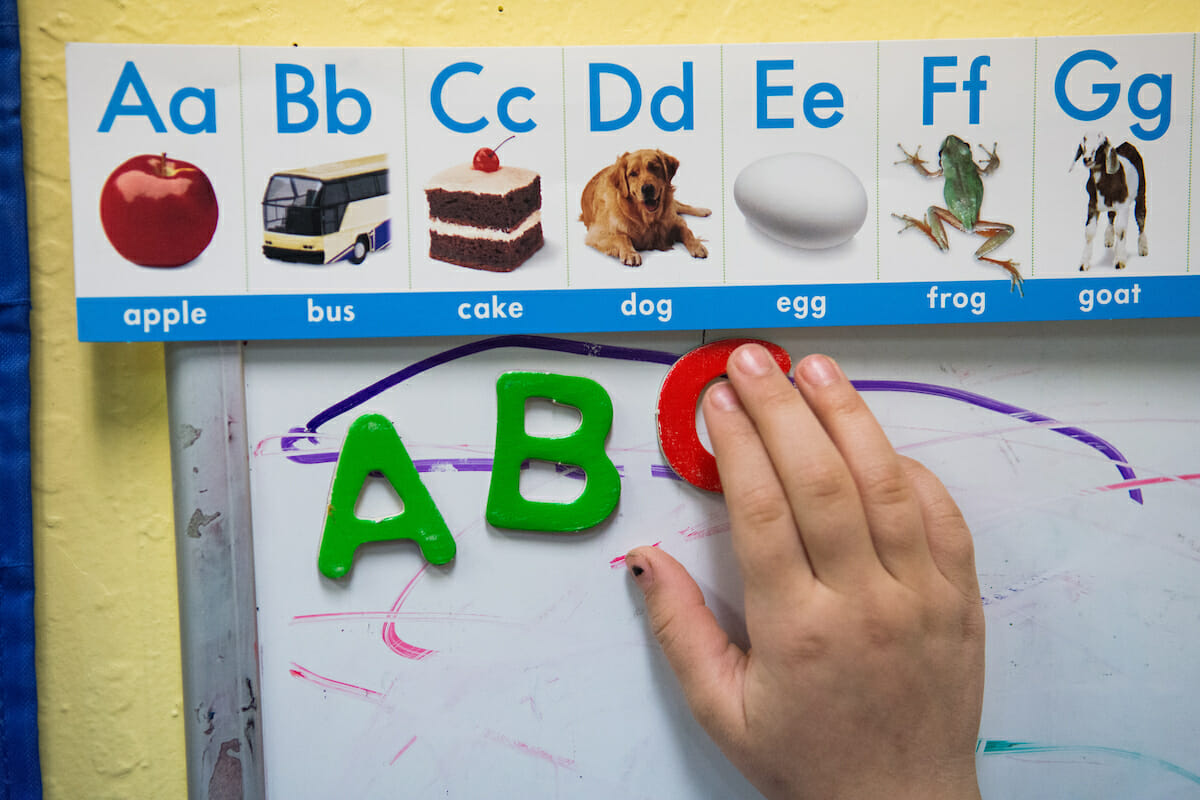Tenant policies can help stabilize our school families

By Rene Cantu and Tami Hance-Lehr
We are pleased that Governor Sisolak and the Legislature invested millions of dollars in K-12 education during the 80th legislative session. These funds will bring much needed direct support to our teachers, who work so hard on behalf of our students, and to their instructional practices in the classroom.
The Legislature also considered and passed several housing-related bills that could provide much needed, albeit indirect support, to renter families. Approximately 45 percent of Nevadans are renters. One of these bills is SB151, which revises provisions regarding tenants and landlords. Specifically, it places limits and adds a minimum time period before a tenant can be served an action for a summary eviction; it also limits late fees on rental payments to 5 percent of monthly rent, and requires that the landlord provide a person who is evicted with the opportunity to obtain personal items (e.g., medicines, baby supplies, school supplies, etc.) from their housing unit within five days of eviction. Data from Eviction Lab shows that Nevada’s eviction rate (3.4 percent) is higher than the national rate (2.3 percent) and the second highest (after Arizona) in the region. Experts and political leaders have identified a relationship between eviction policies and growing homelessness.
Housing bills that address provisions governing tenant and landlord relations could help stabilize some of our school families and facilitate better educational outcomes. The programs that we run, Communities in Schools Nevada (CIS) and Jobs for America’s Graduates (JAG Nevada), address the broad range of needs that our state’s most under-resourced students have, including but not limited to food insecurity, minimal clothing, lack of access to medical and dental care, graduation assistance, workforce preparation, and soft skills. Economic insecurity, which is the reality for many of our families, can often result in housing instability and frequent mobility. The hard economic realities too many of our families face result in family stress, changes in employment status and an inability to pay rent and bills. In some of our schools, a significant number of students may move two or three times in a given school year, subsequently contributing to transiency rates as high as 40 – 50 percent in those schools. We know that when students move, they lose weeks, not days, of school.
We also know that many of our school families encounter bad actor landlords who fail to take care of basic repairs of their units. And as a result, many of our families move at the first opportunity in search of better, safer housing. For example, one principal of a 1-star school with a 40 percent transiency rate, where CIS operates, shared that some of her families move two to three times a year—largely in search of better housing.
Regardless of the motive, research suggests that student transiency and the subsequent academic and social disruption have negative impacts on academic achievement including, but not limited to, lower math and English proficiency levels, lower scores on state assessments, and even behavior problems.
Our anecdotal understanding was confirmed by the Guinn Center, which recently found that there is a positive relationship between eviction rates, school transiency rates, and school performance (e.g., star ratings.) For example, Craig Elementary School, where CIS operates, is located in a neighborhood with a 19 percent eviction rate; it has a 49 percent transiency rate and is a 2-star school. Manch Elementary, which has a 50 percent transiency rate, is located in a neighborhood with a 16 percent eviction rate; it is a 1-star school. Desert Pines, where JAG operates, is located in a neighborhood with eviction rates that exceed the Clark County average; it has a 35 percent transiency rate, and is a 2-star school.
Many of the building leaders and teachers in the schools in which we operate acknowledge that housing conditions faced by so many of our families have a significant impact on what happens in the classroom and the ability of our students to do well in school. SB 151 strengthens simple protections for our renter families. Our political leaders and decision makers must realize what our program specialists, school leaders, and teachers know all too well -- namely that housing issues and policies have a direct impact on many of our renter school families and that the housing stability of these families affects transiency and educational success in the classroom.
Rene Cantu, Ph.D. is the Executive Director of Jobs for America’s Graduates Nevada. Tami Hance-Lehr is the Executive Director of Communities in Schools Nevada.
